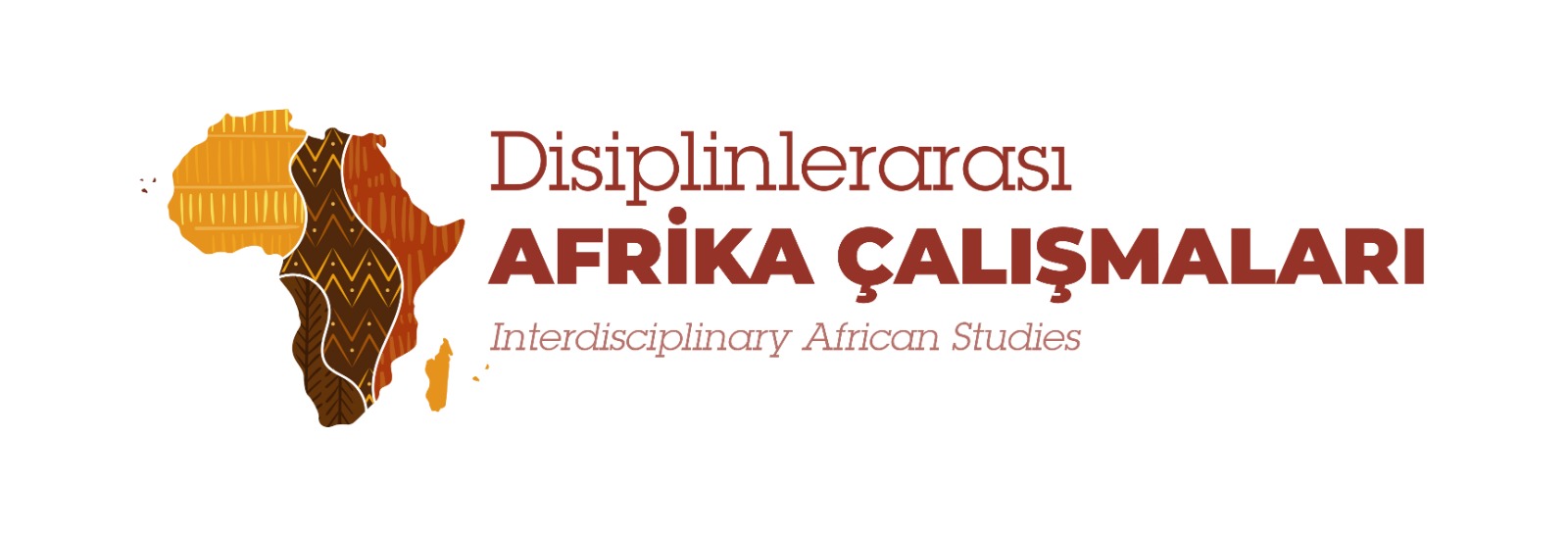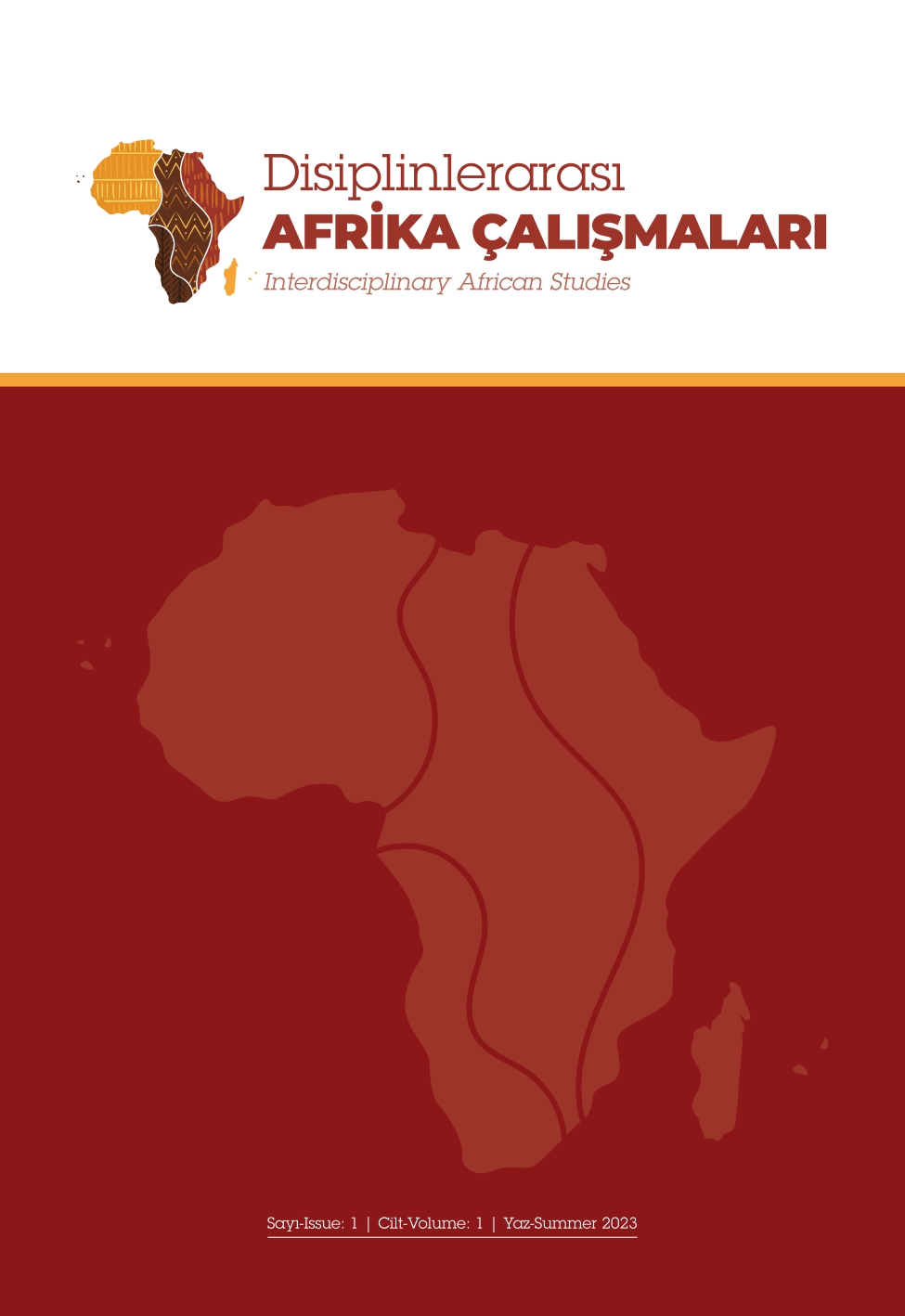The Analysis of Tax Buoyancy and Determinant in Sierra Leone
Anahtar Kelimeler:
Tax revenue, Sierra Leone, multiple regression, agriculturalÖzet
Tax revenue in Sierra Leone has been low throughout the study period (1988 to 2018). The ARDL bound testing co-integration estimation technique was employed. A log level multiple regression model that comprises buoyancy of total tax revenue as a dependent variable and percentage share of service value added, import, industry, money supply and agricultural sector were used as an independent variable. The result from the bound test confirms the existence of co-integration relation, which validates the estimation of long run and short run model. The long run empirical result suggests that agricultural sector, industry and service value added as a percentage share of GDP had a positive and statistically significant effect on the buoyancy of total tax revenue. Also, the results establish that import and money supply were insignificant at the conventional level in the long run. However, the short run result reveal that all the variables are statistically significant in the study period. Specifically, the short run results confirm a positive relationship between agricultural sector, money supply and the responsiveness of tax revenue. As the findings of the present study revealed, tax revenue there is a need for enhancing the efficiency of revenue administration in bring new customers in to the tax net.
Referanslar
Bhalla, S. S. (2004). Tax rate, Tax compliance and tax revenue: India (1988 t0 2004).
Dasgupta A. (2005). Recent individual tax reforms: Economic & Political weekly (1966 to 2005).
Dudine P & Jalles, J. T. (2017). How buoyant is the tax system. New evidence from a large Heterogeneous panel. IMF working paper (PP. 1-33)
Eugene & Chineze (2015). Examine the productivity of Nigeria tax system from 1994 to 2013
Heritage foundation, taxation and revenue mobilization for economic development, 2012.
Kargbo & Festus (2012). The Elasticity of tax system in Sierra Leone. (1977 to 2009)
Mawaia & Nzomoi (2013). An empirical investigation on the tax buoyancy in Kenya tax system.
Ndedzu et, al. (2013). Impact of revenue productivity of Zimbabwe tax system (1975 to 2008).
Ojonayo Daniel, Musa Andeyang tsd Bulus, Christopher Chukwudi Nwokolo and Denis Nfor Yuni (2016) Tax buoyancy and elasticity in Nigeria.
Ole (1975). Income elasticity of tax structure of Kenya (1962 to1972).
Osoro m(1993). Productivity of the tax system in Tanzania for the period 1969 to 1990.
Pesaran M. H and Pesaran B. (1997). Working with Mocrfit4:0 interactive econometric
Rao M. G (2005). Tax system reforms in India.
S. Tancher, I. Todorov. (2019). Tax buoyancy and economic growth: Empirical evidence of Bulgaria.
Samuel & Isaac (2012). Evaluate the elasticity and buoyancy of tax components and tax system in Kenya, using time series data (1985 to 2009) Statistics Sierra Leone fiscal public debt Bulletin, 2013 vol. 1
Tadele B. (2015). The analysis of tax buoyancy and it determinant in Ethiopia, 6(3).
Timsina (2008). Tax elasticity and buoyancy in Nepal (1975 to 2005).
Upender M, (2008). Degree of tax buoyancy in India: an empirical study. International Journal of Applied Economics and Quantitative studies.
İndir
Yayınlanmış
Nasıl Atıf Yapılır
Sayı
Bölüm
Lisans
Telif Hakkı (c) 2023 Disiplinlerarası Afrika Çalışmaları

Bu çalışma Creative Commons Attribution 4.0 International License ile lisanslanmıştır.






